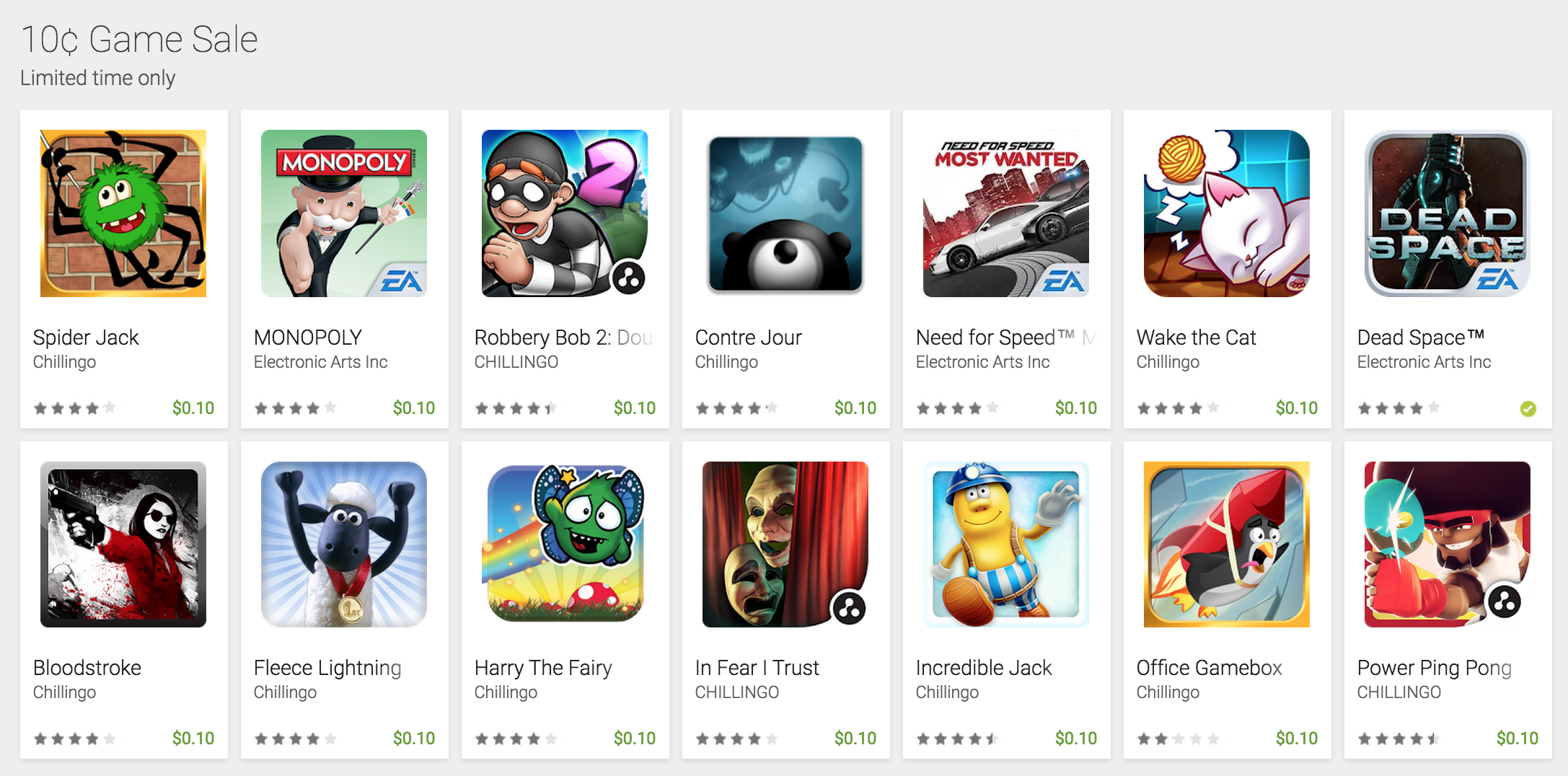


Crayons, paint, markers, pencils, stencils, pastels and chalk.Apps, computer or hand-held games for teaching math, drawing/graphics, story writing and music writing.Models: human body, physical world, space and moon.Mechanical models with pulleys, levers and pendulums.Cooking and sewing equipment that works.Props for dramatic play (store, school, library, office, space).Collector dolls, paper dolls and action figures.Dolls with many accessories, house and equipment.Large-scale realistic cars and trucks with working parts.Sets with motorized parts and complex gear systems.Complex construction sets made of wood, plastic or metal.Ski, snowboard, sled and hockey gear (with adult supervision).Complex gym sets with rings, bars, swings, ropes and slides.May want to start lessons in music, dance, drawing or crafts.

May be ready for athletic and team sports.Like dramatic play and putting on shows.May collect things (cards, dolls, etc.).Do not like to lose and may cheat to win.Play well with others and want to play fair.Like riddles, jokes and using secret codes.Have an increased interest in friendship and belonging.Make use of reading, writing and simple math in games and toys.Also enjoy fine motor activities like drawing, braiding, cutting, jigsaw puzzles, weaving, wood work and simple sewing.Enjoy large-muscle activities like jump rope, bike riding, roller blading, ball games and hopscotch.Think about sharing them with your child’s other caregivers, too. These tips will help you choose toys and play activities for your child based on their age or stage of development. It is how they develop and practice the physical, thinking and social skills needed in life. Play is how they learn about themselves and their world. You can download this article as a PDF ( English, Spanish)Ĭhildren play from the moment they are born.


 0 kommentar(er)
0 kommentar(er)
